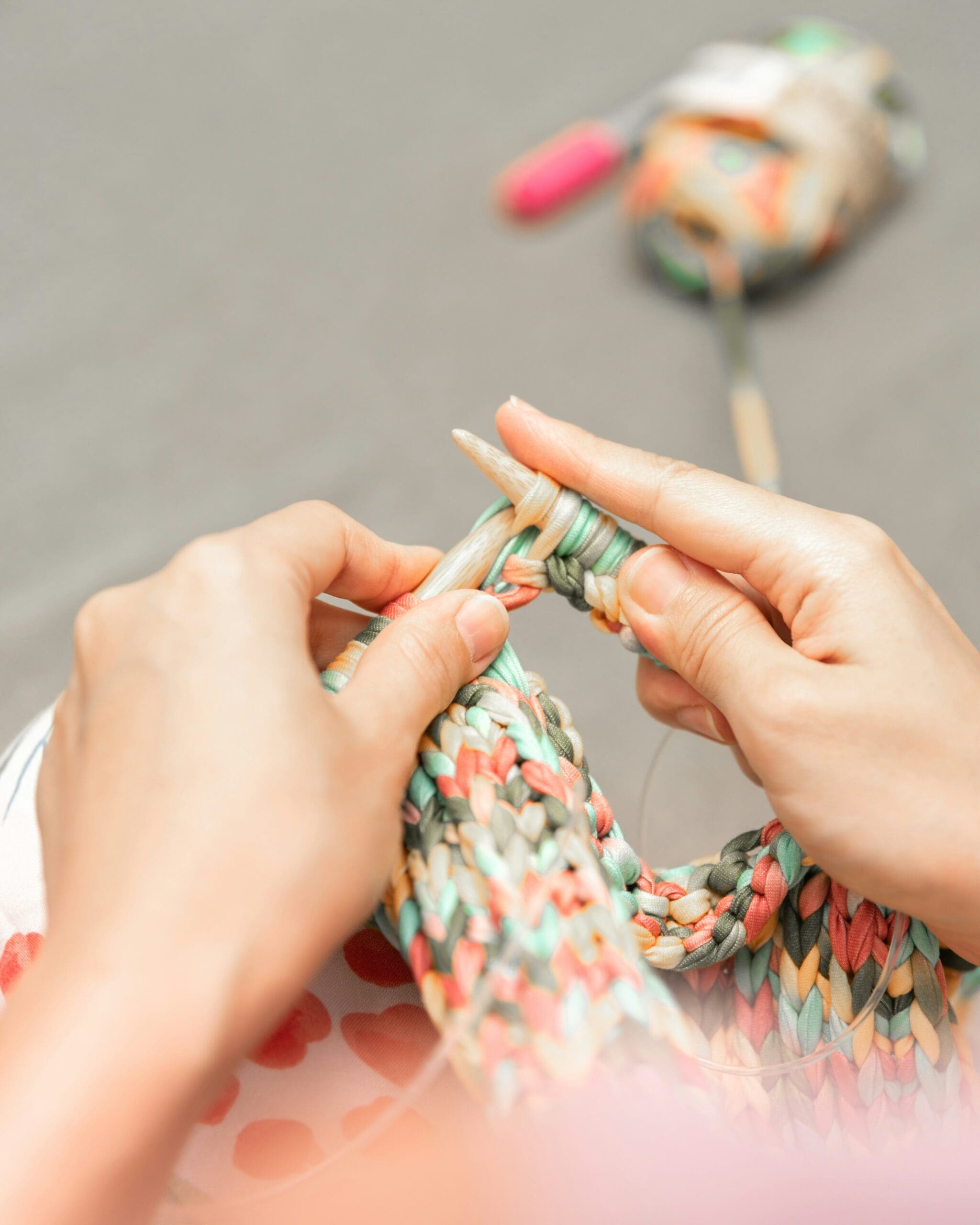Knitting for babies and toddlers is a delightful way to create heartfelt, practical gifts that parents and little ones will cherish. These projects are perfect for beginners as they tend to be small, quick to complete, and give you a sense of accomplishment without overwhelming complexity. Let’s explore some key tips and ideas to help you get started on your baby knitting journey.
Choosing the Right Yarn
The yarn you select plays a crucial role in how comfortable and functional your finished project will be. Babies and toddlers have sensitive skin, so it’s essential to pick soft, non-irritating yarns that won’t cause discomfort.
Opt for yarns that are specifically labelled as “baby yarn” or those made from natural fibres like cotton or bamboo blends. These materials are gentle and breathable, perfect for delicate skin. Another important consideration is washability—parents will appreciate items that can be easily thrown in the washing machine without worrying about damage. Soft acrylic blends or baby alpaca can also be great options for added warmth.
Essential Knitting Tools and Materials
Before you dive into your first project, make sure you have the right tools on hand. Start with medium-sized needles, such as 4mm to 5mm, which are ideal for most baby patterns and easy for beginners to handle. Circular needles can be beneficial for knitting hats or seamless garments, while straight needles are perfect for simpler projects like small blankets.
Other useful supplies include stitch markers to keep track of your pattern, a darning needle for weaving in ends, and a measuring tape to ensure your project is the right size. Having these essentials will set you up for success and make your knitting experience smoother. You can buy boys jumper knitting patterns in the UK from Knit in a Box. Hit the link to check out what you can start working on.
Tips for Personalising Baby Projects
Adding a personal touch can make your knitted gifts even more special. Choose colours that are bright and playful or opt for soft pastels for a more classic look. You can also add simple embellishments like pom-poms or knitted flowers to hats and blankets, but ensure they are securely attached to avoid potential hazards.
For a unique touch, consider adding embroidery to your finished piece. Small initials or a cute design can elevate your project and make it truly one-of-a-kind. Just remember, simplicity is key to keeping the project beginner-friendly.
Safety Considerations When Knitting for Babies and Toddlers
Safety should always be at the forefront when knitting for little ones. Avoid any decorations or details that could pose a choking hazard, such as loose buttons or detachable embellishments. Ensure that any added elements are sewn on securely and won’t come loose during use.
Additionally, keep comfort in mind. Babies’ skin can be sensitive, so choosing hypoallergenic materials and ensuring smooth, non-scratchy seams is important. A seamless pattern or carefully sewn edges can make a world of difference.
Is It Easy to Start Knitting?
Perhaps you’ve seen some cool knitting patterns and want to make this your new hobby. However, the one thing that’s holding you back is you believe this could be a difficult activity to start. You’ve got no experience and feel like it takes talent.
So, is it easy to start knitting? The answer is yes. You just need to know the best ways to approach this hobby so that you can successfully knit patterns and enjoy the process. Here are some tips you should follow.
Choose Easy Patterns
One of the mistakes that a lot of people make is starting out with the most elaborate knitting patterns. You have to remember that you’re a beginner and you need to learn your skills. So, it’s best to start off slow and easy. Make sure that you choose beginner patterns and those that you can work on gradually. This allows you to get used to the process and decide whether you want to continue. Then, you can move on to more difficult patterns.
Consider the Needle
Know that the needle you choose will have an impact on your experience. There are some that are recommended for beginners because they offer better grip. This includes wooden and bamboo needles. If you choose one that’s metal, they can take longer to get control of and materials can slip off them easily.
Join a Group
Sometimes, a good way to learn is with other beginners. You can help each other and offer advice. So, check if there are any local knitting groups you can join. There might be weekly meetings you can join in with or people you can meet and discuss this activity with.
Conclusion
Knitting for babies and toddlers can be one of the most enjoyable and rewarding experiences for any crafter. By starting with the right materials, mastering the basics, and keeping safety in mind, you’ll be on your way to creating adorable items that parents and little ones will love. Remember to enjoy the process, learn from each project, and celebrate your progress along the way.

Be the first to comment